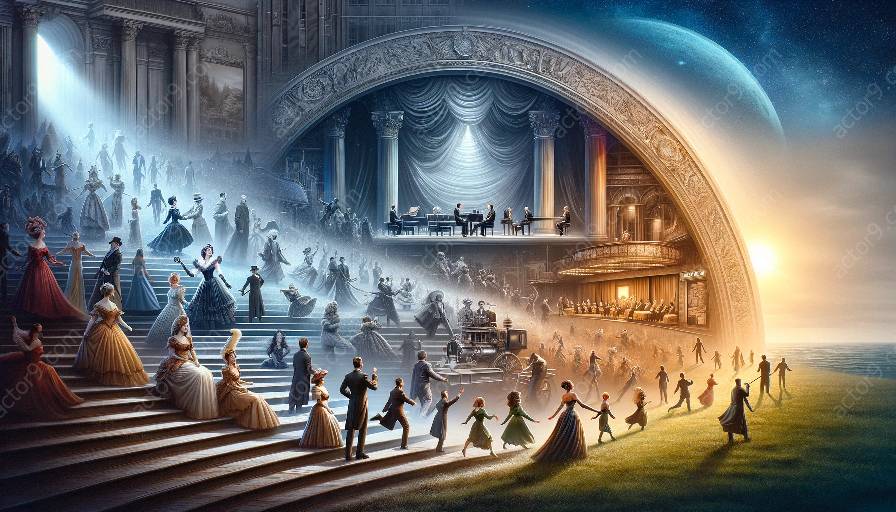From its early roots to the present day, musical theatre has played a significant role in shaping the representation of gender and identity. This topic cluster will delve into the history of musical theatre, its impact on societal perceptions, and how it has contributed to the portrayal of gender and identity.
The Evolution of Musical Theatre
Musical theatre has a rich history that dates back to ancient civilizations, but it truly began to flourish in the 19th and 20th centuries. As it evolved, musical theatre reflected the societal norms and expectations surrounding gender and identity, serving as a mirror to the cultural landscape.
Breaking Gender Norms
One of the most striking aspects of musical theatre is its ability to challenge traditional gender roles. Throughout history, musicals have showcased characters defying stereotypes and norms, providing a platform for exploring diverse gender identities and expressions.
Exploring Identity Through Characters
Characters in musical theatre often grapple with questions of identity, allowing audiences to connect with various personal struggles and triumphs. Whether it's a protagonist questioning their gender identity or the exploration of intersectionality, musical theatre has provided a stage for diverse narratives.
Social Commentary and Change
Many groundbreaking musicals have addressed societal issues related to gender and identity, sparking conversations and advocating for change. Through powerful storytelling and memorable songs, musical theatre has been instrumental in challenging societal norms and promoting inclusivity.
Embracing Diversity and Inclusion
As the landscape of musical theatre continues to evolve, there is a growing emphasis on embracing diversity and inclusivity. This shift has led to the creation of more authentic and resonant characters, contributing to a more nuanced representation of gender and identity on stage.
Impact on Audiences
For audiences, musical theatre serves as a source of inspiration and reflection, offering a space to explore and understand different perspectives. Through the portrayal of diverse gender and identity experiences, musical theatre has the power to foster empathy and understanding among spectators.
Conclusion
From challenging gender norms to advocating for inclusivity, musical theatre has left an indelible mark on the representation of gender and identity. Its ability to reflect societal shifts and inspire meaningful conversations makes it an invaluable medium for exploring the complexities of human experience.




































